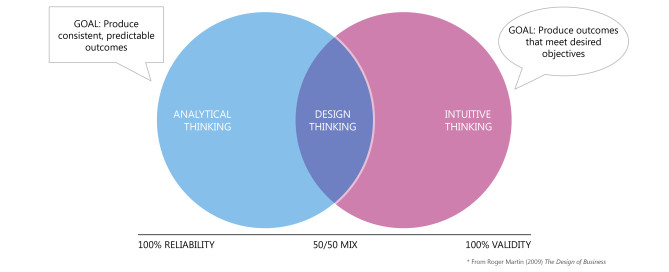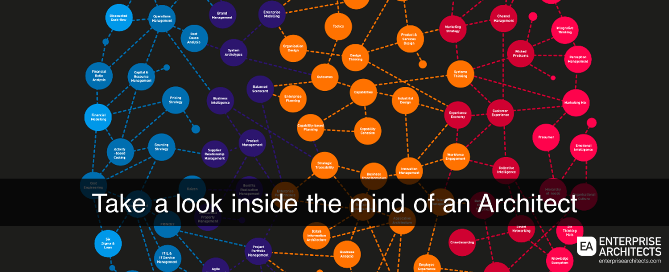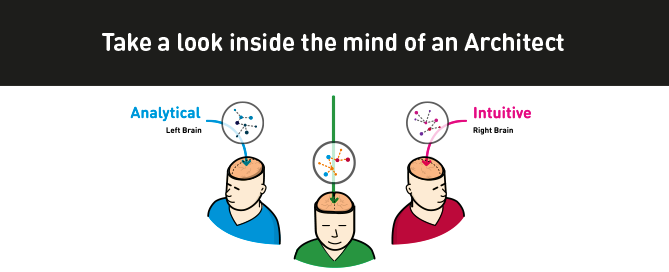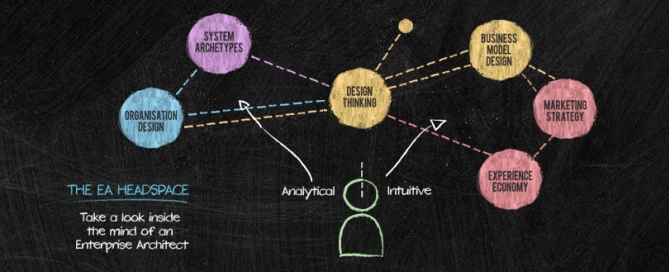Having delivered many talks on Business Architecture over the years, I’m often struck by the common vision driving many members in the audience – a vision of building cohesion in a business, achieving the right balance between competing forces and bringing the business strategy and operations into harmony. However, as with many ambitious visions, the challenge in this case is immense. As I will explain, many of the people who envision this future state of nirvana are, in practice, inadvertently preventing it from happening.
ArchiMate® in the Field
How is ArchiMate® 2 being used by practising architects today?
The ArchiMate® 2 specification was released by The Open Group in December 2011. Based on conversations with customers during our TOGAF® 9.1 training and consulting engagements, we are seeing increasing interest in – and adoption – of ArchiMate® 2 among practising architects.
How is ArchiMate® 2 being used? What kind of models and diagrams are being created – given that ArchiMate® supports the integration of architecture views across all domains of enterprise architecture (Business, Data, Application, Technology)?
4 Ways to Successfully Connect with Business Stakeholders
As architecture practitioners our ability to deliver exceptional results is often dependent on our ability to connect with business stakeholders. Unfortunately some practitioners struggle with this. Effective communication between practitioners and stakeholders is crucial obtaining the information needed to drive architecture and therefore, the ability to connect with and understand key stakeholders is fundamental to the architect’s arsenal.
9 Trends for Business and Architects in 2013
At Enterprise Architects we are always thinking about what is important to business and how business and technology architecture can bring more value. Right now we are focussing on some important trends that business and architecture practitioners should follow in 2013.
INFOGRAPHIC: The EA Headspace
The world of business is enormously complex and diverse and the boundaries of enterprise are constantly changing, as are the rules of the game. So – what matters to an architect? The EA Headspace infographic is a fun way to communicate what’s on the mind of our team here at Enterprise Architects.
TOGAF® to be the Prerequisite Certification for Architects
At EA we interview a lot of Architects in the course of placing talent and building teams for our enterprise clients. In fact according to our records that’s something approaching 8000 over the last ten years. Doing the math – this means around 15 per week – and that excludes the CVs received from those that we are unable to meet. That gives us a fair perspective on trending data on both the demands of clients and the capabilities and qualifications of applicants.











